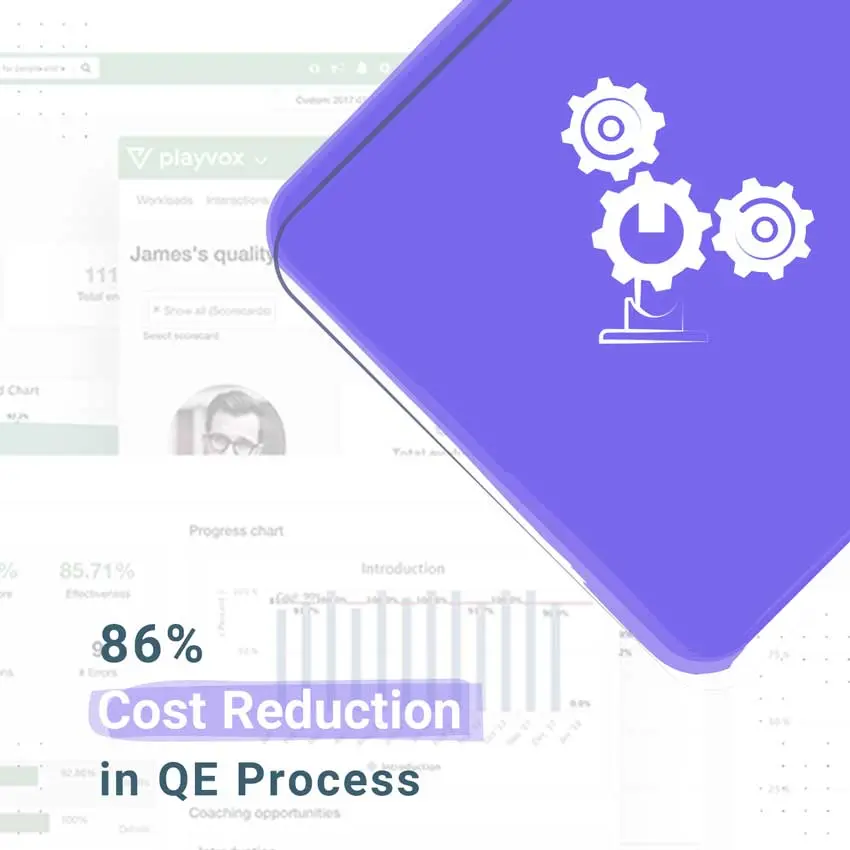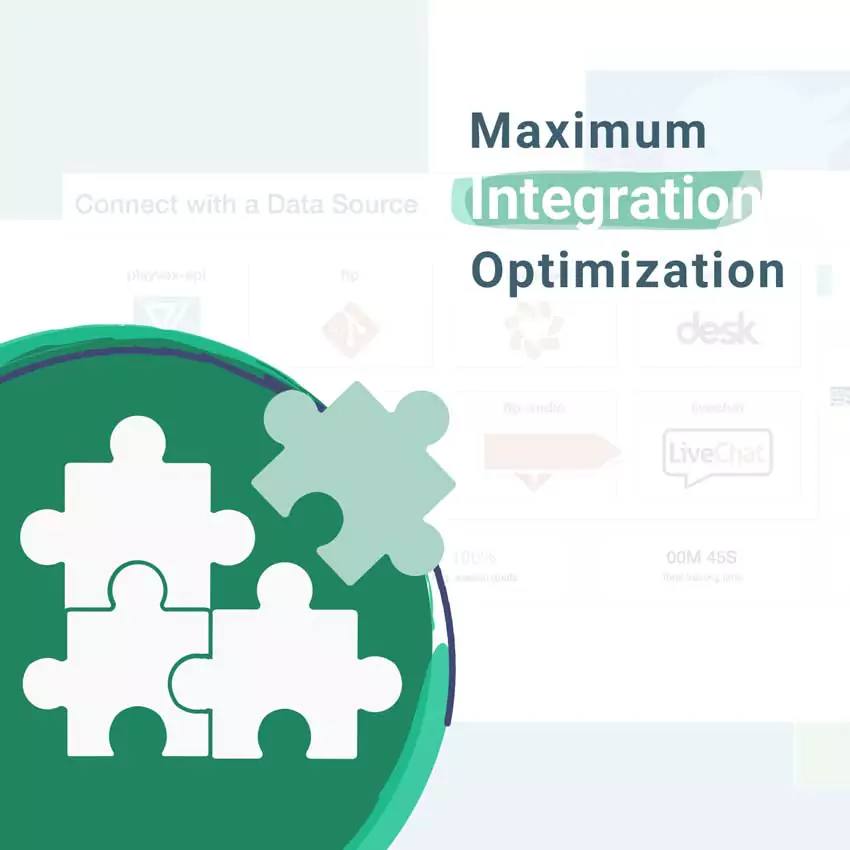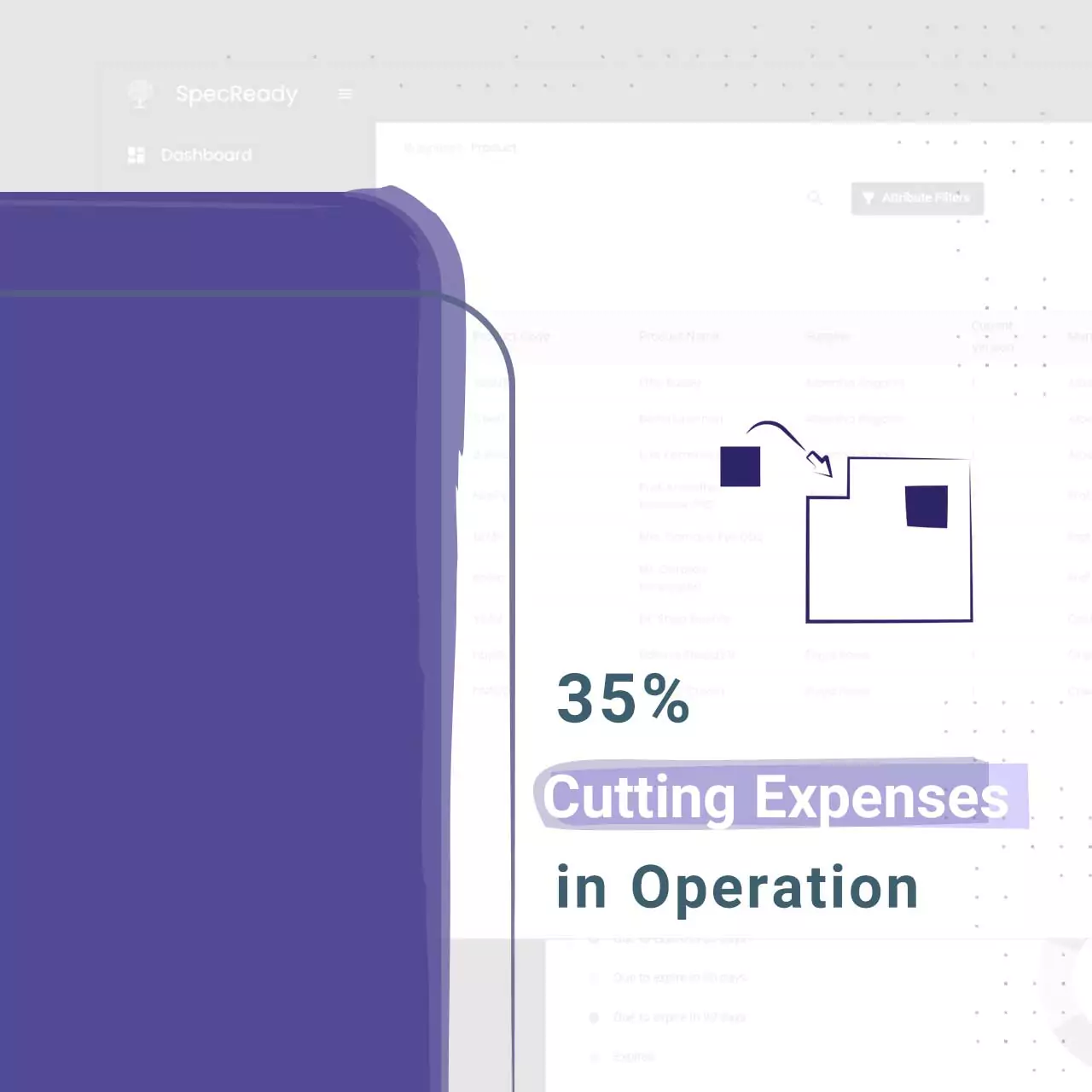Quality Assurance services
SnatchDigital’s Quality Assurance services will have your testing processes automated and running smoothly. Our team of experts is ready to transform your platform into the most reliable and high-quality version of itself.
Speak to an Expert
What we can do for you
What we can do for you

Our team of QA engineers here at SnatchDigital will help you with everything from a simple consultation to launching or even overhauling your software. Contact us and make use of our team’s skills to get a healthy yield rate.

Why SnatchDigital
 Our team of expert QA engineers is waiting to join your project, understand your product and
your needs, and make outsourcing as easy as it can
Our team of expert QA engineers is waiting to join your project, understand your product and
your needs, and make outsourcing as easy as it can
 We take an inclusive and flexible approach to our work so that our customers
feel at home when choosing our Quality Assurance services.
We take an inclusive and flexible approach to our work so that our customers
feel at home when choosing our Quality Assurance services.
 We implement best practices in your testing process and use our diverse and
extensive toolkit to optimize it as well.
We implement best practices in your testing process and use our diverse and
extensive toolkit to optimize it as well.
 You can customize the Quality Assurance
services as you scale your business
up or down.
You can customize the Quality Assurance
services as you scale your business
up or down.
The Importance of Quality Assurance Services
Quality Assurance (QA) services play a pivotal role in ensuring that products and services meet the highest standards of excellence, reliability, and customer satisfaction. In an era where consumer expectations are constantly evolving and competition is fierce, businesses must prioritize QA to maintain a competitive edge and safeguard their reputation.
Quality Assurance Services encompass a range of practices and methodologies aimed at identifying, addressing, and preventing defects or inconsistencies in products, processes, and services. This rigorous approach is not limited to a specific industry; it spans across sectors such as manufacturing, software development, healthcare, finance, and more. The overarching goal of QA is to enhance the overall user experience and foster trust between businesses and their clientele.
Here are some key aspects highlighting the importance of Quality Assurance Services:
Customer Satisfaction: Quality assurance ensures that products and services meet or exceed customer expectations. Through meticulous testing, QA services help identify potential issues before they reach the end-user, resulting in higher customer satisfaction and loyalty.
Cost Savings: Detecting and addressing defects early in the development process is significantly more cost-effective than addressing them post-launch. QA services help reduce the financial burden of rework, product recalls, and customer support related to poor quality.
Reputation Management: A single instance of product failure or service deficiency can tarnish a company's reputation. QA services act as a shield against negative publicity, ensuring that only reliable and high-quality offerings reach the market.
Compliance and Regulations: Many industries are subject to stringent regulations and standards. QA services help businesses adhere to these guidelines, preventing legal and financial repercussions.
Risk Mitigation: Thorough QA practices identify potential risks and vulnerabilities, allowing businesses to address them proactively. This helps prevent data breaches, security lapses, and other critical issues that could harm both the organization and its customers.
Continuous Improvement: QA is not a one-time process; it promotes a culture of continuous improvement. Regular assessment and refinement of processes lead to optimized efficiency, reduced errors, and better products over time.
Competitive Advantage: Companies that consistently deliver high-quality products and services gain a competitive edge. Quality becomes a distinguishing factor that attracts customers and sets businesses apart in a crowded market.
Employee Morale: Quality assurance instills a sense of pride and accountability among employees. Knowing that their work undergoes rigorous testing reinforces a commitment to excellence and fosters a positive work environment.
Innovation and Creativity: QA services encourage innovation by providing a structured framework for experimentation and improvement. Teams can confidently explore new ideas, knowing that quality will be upheld throughout the development process.
Global Reach: In an interconnected world, products and services often reach a global audience. QA services ensure that offerings are culturally sensitive, linguistically accurate, and functionally effective in various regions.
In conclusion, Quality Assurance Services are integral to the success and sustainability of modern businesses. By maintaining a focus on quality at every stage of product development and service delivery, organizations can enhance customer satisfaction, mitigate risks, foster innovation, and ultimately secure their position in a dynamic and competitive marketplace.
Trends Shaping the Future of Quality Assurance Services
Quality Assurance (QA) services have undergone significant transformations over the years, adapting to the changing landscape of technology, business practices, and consumer expectations. As businesses strive to deliver impeccable products and services, the future of QA is being shaped by several key trends that are poised to revolutionize the way quality assurance is approached. Here are the trends that are shaping the future of Quality Assurance Services:
1. Test Automation and AI-Driven QA
Automation has been a cornerstone of QA for some time, but advancements in artificial intelligence (AI) are taking it to new heights. AI-powered tools can now conduct intelligent testing, identifying patterns and anomalies in data that might elude human testers. Machine learning algorithms are being used to automate test case creation and execution, leading to faster and more efficient testing processes.
2. Shift-Left Testing
Traditionally, testing has been a phase that comes after development. Shift-left testing flips this approach by incorporating testing earlier in the development cycle. This proactive strategy identifies and resolves issues at the outset, reducing the likelihood of costly defects surfacing later.
3. DevOps Integration
QA is becoming an integral part of DevOps practices. The close collaboration between development and operations teams encourages continuous testing, allowing for swift feedback and iterative improvements. This integration accelerates the software development life cycle and enhances overall product quality.
4. Continuous Testing and CI/CD
Continuous Integration/Continuous Deployment (CI/CD) practices demand rigorous testing at every stage of development. Continuous testing ensures that changes are thoroughly evaluated before integration, leading to more stable releases and shorter development cycles.
5. Test Environments as Code
Creating and managing test environments can be time-consuming and error-prone. Test environments as code involve defining and provisioning test environments through code, allowing for consistency and repeatability, while also reducing setup time and configuration errors.
6. IoT and Mobile Testing
As the Internet of Things (IoT) continues to expand and mobile usage grows, QA services are evolving to address the unique challenges of these domains. Ensuring the quality and security of interconnected devices and mobile applications is becoming increasingly crucial.
7. Performance Engineering
Performance is no longer an afterthought; it's a critical aspect of user experience. Performance engineering focuses on designing, testing, and optimizing systems for optimal speed, responsiveness, and scalability.
8. Test Data Management
Managing test data effectively is essential for accurate testing. Solutions are emerging that automate the generation, masking, and provisioning of test data, enabling QA teams to work efficiently while adhering to data privacy regulations.
9. Ethical AI Testing
As AI becomes more integrated into products and services, ensuring its ethical use and behavior is essential. QA services are evolving to include testing for bias, fairness, and transparency in AI algorithms.
10. Remote and Cloud-Based Testing
The rise of remote work and cloud-based services is influencing how QA is conducted. Cloud-based testing environments provide flexibility, scalability, and accessibility, allowing QA teams to collaborate seamlessly from different locations.
The future of Quality Assurance Services is marked by innovation, collaboration, and adaptability. Embracing these trends will empower businesses to elevate the quality of their products and services, respond to market dynamics, and deliver exceptional experiences to their customers. As technology continues to evolve, QA services will remain a cornerstone of success in an ever-changing digital landscape.
Strategies for Implementing Quality Assurance Services
Quality Assurance (QA) services are essential for ensuring that products and services meet or exceed established standards, leading to enhanced customer satisfaction and business success. To effectively implement QA services, organizations need a well-defined strategy that encompasses processes, methodologies, and best practices. Here are key strategies for successfully implementing Quality Assurance Services:
1. Define Clear Objectives and Goals:
Start by outlining specific objectives and goals for your QA efforts. Determine what you want to achieve through QA services, whether it's reducing defects, improving customer satisfaction, or enhancing product reliability. Clear objectives will guide your QA initiatives and help measure their impact.
2. Establish a Comprehensive QA Framework:
Develop a comprehensive QA framework that outlines the processes, methodologies, and guidelines for implementing QA services across your organization. This framework should cover various aspects, such as testing, documentation, reporting, and continuous improvement.
3. Integrate QA Early in the Development Lifecycle:
Adopt a "shift-left" approach by integrating QA activities early in the development lifecycle. This means conducting testing and validation during the design and development phases, which helps catch issues at an early stage and reduces the cost of fixing defects later.
4. Leverage Automation and Tools:
Utilize automation tools and technologies to streamline QA processes. Automated testing, continuous integration, and test management tools can increase efficiency, accuracy, and repeatability in your QA efforts, especially for repetitive and time-consuming tasks.
5. Implement Continuous Testing:
Embrace the concept of continuous testing, which involves testing throughout the software development life cycle. This strategy ensures that defects are identified and addressed promptly, leading to faster releases and improved overall quality.
6. Invest in Training and Skill Development:
Provide training and skill development opportunities for your QA team. Keep them updated with the latest testing methodologies, tools, and industry best practices to ensure they have the knowledge and expertise required for effective QA.
7. Foster Collaboration and Communication:
Effective communication and collaboration between development, QA, and other teams are essential. Establish clear channels for sharing information, feedback, and insights, promoting a culture of teamwork and shared responsibility for quality.
8. Implement QA Metrics and Reporting:
Define key performance indicators (KPIs) and metrics to measure the effectiveness of your QA services. Regularly track and analyze these metrics to assess the quality of products, identify trends, and make informed decisions for improvement.
9. Embrace Agile and DevOps Practices:
Adopt Agile and DevOps practices that emphasize iterative development, continuous integration, and collaboration. These methodologies promote faster delivery of high-quality products and facilitate seamless integration of QA into the development process.
10. Continuously Improve Processes:
QA is an ongoing process of improvement. Regularly review and assess your QA strategies, processes, and outcomes. Use lessons learned from past projects to refine your approach and implement best practices for future QA initiatives.
11. Stay Updated with Industry Trends:
The field of QA is constantly evolving. Stay informed about emerging trends, technologies, and industry standards. Embracing new advancements can help you stay ahead in delivering quality products and services.
Implementing Quality Assurance Services requires a holistic approach that aligns with your organization's goals and values. By combining these strategies and tailoring them to your specific needs, you can establish a robust QA framework that enhances product quality, customer satisfaction, and overall business performance.
Key Components of Effective Quality Assurance Services
Quality Assurance (QA) services are integral to ensuring that products and services meet or exceed the highest standards of quality, reliability, and customer satisfaction. A well-structured QA process involves a range of key components that work together to identify, address, and prevent defects, ultimately contributing to the success and reputation of a business. Here are the essential key components of effective Quality Assurance Services
1. Comprehensive Testing Strategies
Thorough testing is at the heart of QA services. This involves designing and executing a variety of testing strategies tailored to the specific needs of the product or service. These strategies may include functional testing, performance testing, security testing, usability testing, compatibility testing, and more.
2. Test Planning and Documentation
Before testing begins, meticulous test planning is essential. This involves defining the scope, objectives, and criteria for testing. Additionally, clear and detailed documentation of test cases, scenarios, and expected outcomes ensures consistency and repeatability in the testing process.
3. Automation and Tool Integration
Leveraging automation tools and frameworks can significantly enhance the efficiency and accuracy of QA services. Automated testing streamlines repetitive tasks, accelerates testing cycles, and ensures consistent execution of test cases across different environments.
4. Continuous Integration and Continuous Testing (CI/CT)
Incorporating QA into continuous integration and continuous deployment pipelines enables early detection of defects and faster feedback loops. This approach promotes a culture of continuous improvement and supports rapid and reliable software releases.
5. Risk Assessment and Mitigation
Effective QA involves identifying potential risks and vulnerabilities early in the development process. By assessing and prioritizing risks, QA professionals can focus their efforts on areas that have the highest impact on product quality and customer satisfaction.
6. Regression Testing
As products evolve and new features are added, regression testing ensures that existing functionalities remain intact. This prevents unintended consequences and regressions due to changes in the codebase.
7. User-Centric Focus
QA services must prioritize the end-user experience. Understanding user needs and expectations is crucial for designing effective test scenarios that reflect real-world usage and interactions.
8. Defect Tracking and Reporting
A robust defect tracking and reporting system allows QA teams to log, monitor, and prioritize identified issues. Clear communication about defects and their status helps development teams address problems promptly.
9. Performance and Scalability Testing
Ensuring that products can handle real-world usage scenarios is vital. Performance and scalability testing evaluate how well a product performs under different load conditions and helps identify bottlenecks and potential issues.
10. Continuous Learning and Improvement
QA is a dynamic field, and staying up-to-date with industry trends, best practices, and emerging technologies is crucial. Regularly assessing the effectiveness of QA processes and implementing lessons learned from previous projects contributes to continuous improvement.
11. Collaboration and Communication
Effective QA services require strong collaboration and communication among cross-functional teams, including developers, testers, designers, and business stakeholders. Transparent communication fosters a shared understanding of quality goals and ensures alignment throughout the development process.
Incorporating these key components into your Quality Assurance Services framework establishes a solid foundation for delivering high-quality products and services. By combining meticulous testing, strategic planning, automation, and continuous improvement, businesses can meet customer expectations, build trust, and maintain a competitive edge in today's rapidly evolving market.
Drive Your Vision
to Completion
Talk about your problem with an Expert
Leave us a short description of what you want and we will get back to you as soon as possible.












